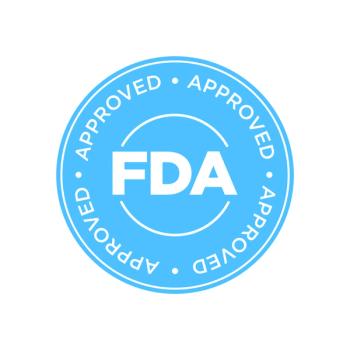
Moderate to Severe Plaque Psoriasis: An Overview of Biologic Agents
A brief review of biologic agents being used or evaluated in the setting of plaque psoriasis.
Episodes in this series

Transcript:
Christopher G. Bunick, MD, PhD: Dr Torok, could you discuss the biologic agents used in the treatment of plaque psoriasis? We’ve been touching on them as we go, but could you give a summary of some of the actual biologic agents that we’re using in the different classes?
Helen Torok, MD: Dr Lebwohl gave a beautiful description of the action of the biologics. We have 11 biologics that we use in psoriasis. We’re going to have 12 pretty soon, and then many more to come, which is very exciting. The early ones that we started with were the TNF [tumor necrosis factor] inhibitors. They started in 1998 or 1999 for rheumatoid arthritis. In 2003, they were quickly adapted to the psoriasis world.
The TNFs have 13 indications that they’re approved for. We have etanercept, adalimumab, infliximab, and certolizumab. As we mentioned, certolizumab is the 1 to go to for pregnancy or patients who are nursing. Infliximab is the only 1 that’s an IV [intravenous] treatment. That’s done every 8 weeks. You need an infusion center to use infliximab. Adalimumab and etanercept have pediatric indications, which is very good and beneficial. But you have to be careful with especially etanercept with congestive heart failure. It’s a relatively safe group of inhibitors, but not used very often anymore. It’s not my go-to. But that’s still available.
The IL-12/23 inhibitor, ustekinumab, is a very good medication. It’s given baseline, then 4 weeks later, and then maintenance every 3 months. The problem is that patients will often find after 8 weeks that they’re needing that dose sooner than 12 weeks. That’s what I find with the IL-12/23. It’s also weight based, which is a good thing to have in our biologic armamentarium. Often, these patients are obese. Obesity and smoking do inhibit some of these drugs. They may have to use the 90-mg dose instead of the 45-mg dose because of their weight. Obesity also aggravates psoriasis and makes it worse, so the 90-mg dose is good for these patients.
The IL-17s are a wonderful treatment option. They came to the market in 2015 and 2017, so they haven’t been around as long as the IL-12/23s or the TNFs. Secukinumab, ixekizumab, and brodalumab are the 3 IL-17s, but this is going to become a very crowded space because there are many of these coming on board, including bimekizumab. Secukinumab is given every week, and that’s why these have a quick onset of action. I like to go to my IL-17s when I have something that’s severe, especially palms and soles. I get a quicker onset of action.
If you have nail pitting, you’re going to find that the IL-17s work much better for these patients because they have a higher associated arthritis when they have nail pitting and scalp involvement. The ixekizumab is given baseline 2 weeks and then every 2 weeks for 3 months and then maintenance once a month. Brodalumab has a problem because it’s an IL-17 and has a broader receptor blocker than the other 2, but it has a REMS [Risk Evaluation and Mitigation Strategy] program that patients find problematic to sign off on and say, “If I’m suicidal, I’m going to call this number.” Physicians also have a problem with this, so it’s been slow to be adopted.
Then you have the IL-23 inhibitors, which I find to have a slower onset of action, but you get longer remission. With guselkumab, we give a baseline 4 weeks later and then every 8 weeks. It works well, especially in arthritis. I like tildrakizumab because it’s given baseline 4 weeks and then every 3 months, but I can do a buy-and-bill on this drug, especially for my Medicare patients who can’t afford these medications or don’t have the insurance coverage. I’ll buy the product and then bill Medicare. Patients pay $0 out of pocket, so this is a good thing for my Medicare patients. Risankizumab is also a baseline 4 weeks and then every 3 months. I find this to be a little slower in onset of action, but you can have a long-term remission.
Christopher G. Bunick, MD, PhD: I have 1 follow-up question about the smoking and obesity. Do you counsel your patients about smoking and obesity when they have psoriasis?
Helen Torok, MD: I do tell them, especially women, that smoking and beer are the 2 things they should never touch because I find it harder to treat and clear them. I tell them, “I want to clear you. If you can help me by not smoking or drinking, I can help you.” That’s how I address it.
Transcript edited for clarity.
Newsletter
Like what you’re reading? Subscribe to Dermatology Times for weekly updates on therapies, innovations, and real-world practice tips.



















